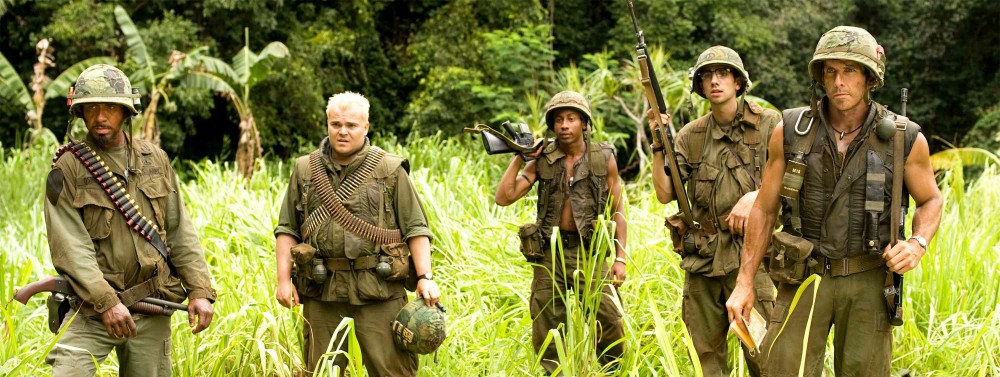The movie Perfumed Nightmare is a great example of third cinema in modern filmmaking. From ideas of cultural contrast to guerilla filming techniques, Kidlat Tahimik uses this idea of “Third Cinema,” to make a film that touches on the class divide between third and first world countries, and the massive divide between the Philippines and other first world countries.
Setting the smaller details aside, we can look at the blatant examples of contrasting classes and cultures that Kidlat shows us. The first one coming to mind being the amount of bridges that he finds in France. When Kidlat first arrives in this more technologically advanced country, we watch as the simple tools like an automatic door to an escalator amaze him; tools that we take for granted in our everyday lives. This alone would not be significant if it were not for the background that we get on the lives of the people in Kidlat’s village beforehand.
Another “Third Cinema” aspect of this relationship between the people of the Philippines and their colonizers is the business that they have made converting the old army jeeps from the war into taxis and a means of making a living for Kidlat. It is interesting to think that his entire livelihood is dependant on this old jeep that once belonged to the “colonizers” of the Philippines. Without this relationship, Kidlat wouldn’t have a job and there would be no foundation for the movie.
The third reason that I think that this represents a “Third Cinema” style is its lack of a three-act structure. I don’t know about everyone else, but I was completely lost for a majority of the film. It wasn’t until Kidlat made it to France that I could really see the contrast between cultures and begin to see the point that Kidlat Tahimik was trying to make. I actually found the lack of structure interesting, because I was looking into each scene more closely to try and find a way to tie it into the rest of the film. It made me really analyze what was going on, and what Kidlat was trying to show with the different depictions of his culture.
The scene within this unorthodox structure that I found the most interesting was the circumcision scene. Knowing that Kidlat has a western education, I think that he used this scene purposely for its shock value. Something that is scene as a pathway to becoming a man in his culture seems ridiculous to us. I don’t think that he added it so much as to fit within the act structure, but rather knew the reaction that we would have to it and used strategically for that reason, again adding to this “Third Cinema” style of filmmaking.
Overall, I thought that movie was interesting and unique in its structure. Learning more about Kidlat actually helped me understand why he may have structured the film in that way. I think that he was more than anything trying to show the major divide in cultures and technology between the Philippines and the western world, and he did a great job of doing it.
